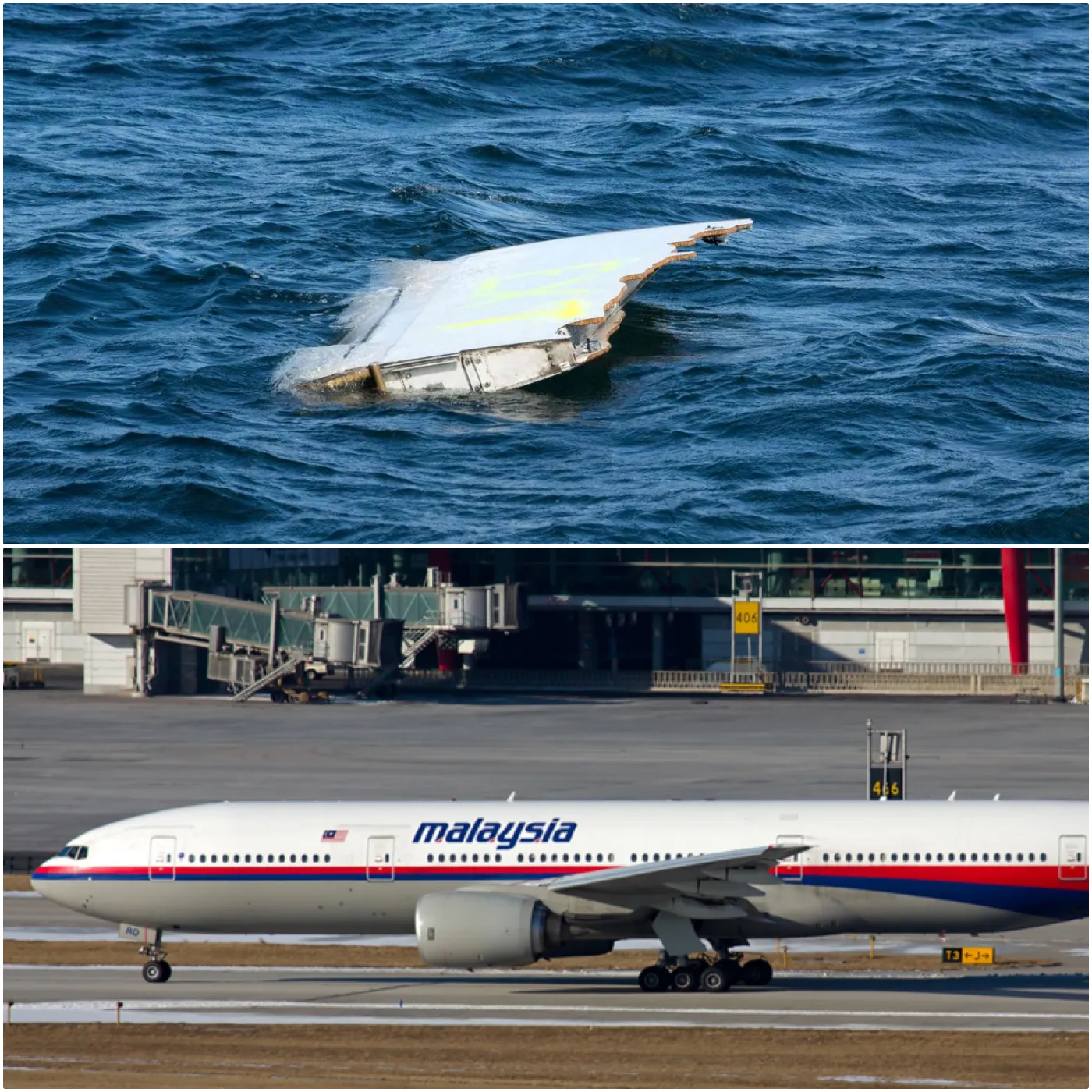

The Global Search for MH370: Why Hasn’t It Been Found?
The Global Search for MH370: Why Hasn’t It Been Found?
The disappearance of Malaysia Airlines Flight MH370 remains one of the greatest aviation mysteries of all time. Despite being the most expensive and extensive search effort in aviation history, the aircraft’s final resting place has yet to be definitively identified. Over the past decade, investigators, aviation experts, and independent researchers have scoured vast stretches of the Indian Ocean, analyzed debris, and explored deep-sea terrains, yet the mystery remains unsolved.

The Largest Aviation Search Operation in History
From the moment MH370 vanished from radar on March 8, 2014, an unprecedented international effort was launched to locate the missing aircraft. Initial search efforts were concentrated in the South China Sea, based on the flight’s last known position before it deviated from its intended route to Beijing. However, subsequent radar and satellite data analysis indicated that the plane had made a sharp turn westward, crossing the Malay Peninsula and heading towards the southern Indian Ocean.

The Australian Transport Safety Bureau (ATSB), in collaboration with Malaysian and Chinese authorities, took the lead in conducting an exhaustive search. The search area, covering over 120,000 square kilometers, involved multiple vessels equipped with sonar mapping technology. This deep-sea search, which lasted from 2014 to 2017, was conducted at depths of up to 6,000 meters, revealing underwater topography previously unexplored by humans. Despite this extensive effort, no conclusive evidence of MH370’s location was found.

In 2018, a private company, Ocean Infinity, took on the challenge with a renewed search mission utilizing autonomous underwater vehicles (AUVs). The company covered an additional 112,000 square kilometers of the ocean floor, focusing on a refined search area derived from drift pattern analysis of recovered debris. However, the search was called off after several months due to a lack of results.
Indian Ocean Debris Discoveries and What They Reveal
While the main wreckage has yet to be located, various pieces of debris linked to MH370 have washed ashore on islands and coastal regions in the Indian Ocean. The first significant find came in July 2015, when a flaperon was discovered on Réunion Island, east of Madagascar. Subsequent debris finds included pieces of the wing, cabin, and engine cowling, identified as belonging to a Boeing 777 and confirmed to be from MH370 through serial number verification.
These debris findings, while valuable, have provided only limited clues regarding the aircraft’s fate. Drift analysis conducted by oceanographers suggests that the plane likely ended up in the southern Indian Ocean, west of Australia. However, without locating the fuselage or flight recorders, the exact circumstances of the crash remain speculative.
Some experts believe that the condition of the debris indicates a high-speed impact with water, supporting the theory that MH370 ran out of fuel and entered an uncontrolled descent. Others argue that certain pieces of debris show signs of controlled gliding, raising the possibility that a pilot or automated system attempted a water landing.
Challenges of Deep-Sea Exploration and Satellite Tracking
One of the primary reasons MH370 has not been found is the extreme difficulty of deep-sea exploration. The search area in the southern Indian Ocean consists of vast underwater mountain ranges, deep trenches, and unpredictable currents. Conducting sonar scans in these conditions is not only time-consuming but also expensive, requiring sophisticated equipment and highly skilled teams.
Unlike previous aviation disasters, such as Air France Flight 447, which was found two years after crashing into the Atlantic Ocean, MH370 presents unique challenges. The lack of precise last-known coordinates, coupled with limited satellite tracking data, has made it extremely difficult to pinpoint a starting point for the search.
Satellite data from Inmarsat provided crucial insights into the flight’s trajectory, indicating that the aircraft continued to fly for several hours after losing communication. However, this data only established an arc of possible locations, spanning thousands of kilometers across the Indian Ocean. Without a more precise impact site, search teams have faced an almost impossible task.
Controversial Search Efforts and Their Results
The search for MH370 has been mired in controversy, with criticisms directed at both the handling of the investigation and the allocation of resources. Families of the passengers and crew have expressed frustration over inconsistent information, delays in decision-making, and what they perceive as a lack of transparency from authorities.
One of the most debated aspects of the search is whether investigators have been looking in the right location. Some independent researchers argue that official search zones have been based on incorrect assumptions about the aircraft’s final movements. Alternative theories, including hijacking scenarios and military shootdowns, suggest that MH370 could have ended up in different areas than those searched.
Another point of contention is the cessation of search efforts despite new findings. The official search was called off in 2017, even though drift analysis of discovered debris suggested a refined search zone. The subsequent Ocean Infinity search in 2018, while promising, was limited in duration due to financial constraints. Many experts believe that continued searches, particularly with advances in deep-sea mapping technology, could eventually yield results.
Conclusion: Will MH370 Ever Be Found?
Despite a decade of searching, MH370 remains one of the greatest unsolved mysteries in modern aviation. While significant progress has been made in understanding the plane’s likely trajectory and impact location, the lack of physical evidence—particularly the black box recorders—has prevented definitive conclusions.
Advancements in sonar technology and underwater robotics continue to offer hope that future search efforts may finally locate the wreckage. Additionally, independent researchers and aviation enthusiasts remain committed to uncovering the truth, ensuring that MH370’s disappearance is never forgotten.
Until the wreckage is found and the flight recorders are recovered, speculation will persist about what truly happened to MH370. Whether due to pilot actions, mechanical failure, or other unknown factors, the search for the missing aircraft represents one of the most challenging and enduring aviation investigations of all time.
The Future of MH370 Investigations: What Comes Next?
As technology advances and new search techniques emerge, many experts and aviation enthusiasts remain hopeful that the mystery of MH370 will one day be solved. Several independent investigations and private search initiatives continue to explore new possibilities, relying on evolving satellite imagery, AI-driven ocean mapping, and advanced deep-sea sonar technology.
One of the most promising developments in recent years has been the increasing accuracy of underwater scanning technology. Companies specializing in marine exploration have made significant progress in mapping ocean floors with greater precision than ever before. As new search efforts are proposed, experts believe that future expeditions could cover previously unexplored regions of the Indian Ocean, possibly revealing crucial evidence that has remained hidden for years.
Another key factor that could reignite the search for MH370 is the growing push from families of the victims and independent researchers. Advocacy groups continue to call for a renewed, government-backed search mission, arguing that existing evidence—particularly debris drift patterns—warrants further investigation. In 2023, a petition urging governments to restart the search gained significant traction, highlighting the ongoing public demand for answers.


















